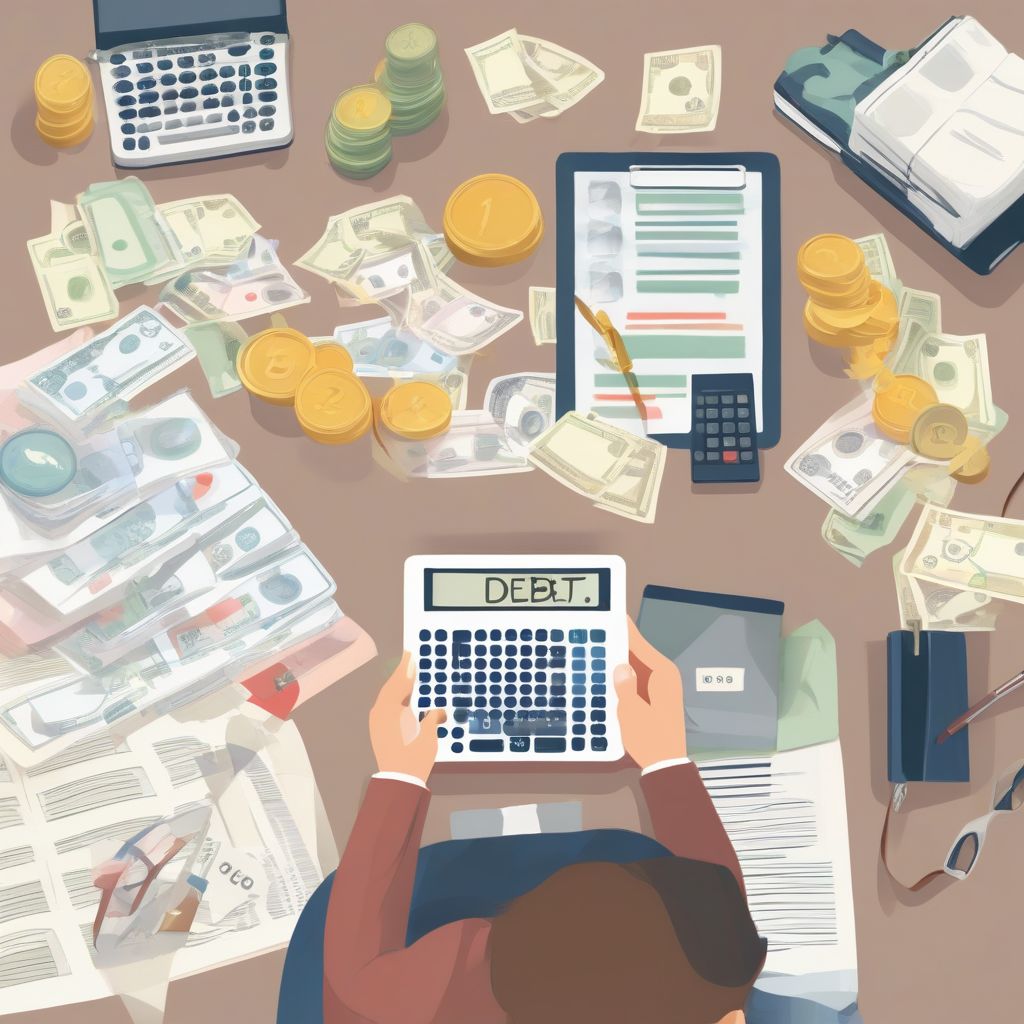Imagine finally breaking free from the shackles of debt. No more agonizing over bills, no more sleepless nights worrying about how to make ends meet. Financial freedom. It might seem like a distant dream, but with the right tools and strategies, specifically budgeting, it’s entirely achievable. This article will delve deep into the crucial role budgeting plays in becoming debt-free, exploring practical tips, real-world examples, and actionable strategies you can implement today.
Understanding the Power of a Budget
A budget isn’t about restricting your spending; it’s about empowering you to take control of your finances. Think of it as a roadmap guiding you towards your financial goals, including becoming debt-free. It provides clarity on where your money is going, identifies areas where you can cut back, and allows you to allocate funds towards debt repayment strategically.
Why is Budgeting Essential for Debt Freedom?
Budgeting provides a clear picture of your income and expenses. This awareness is crucial for identifying areas where you’re overspending and opportunities to save. By consciously tracking your spending, you can make informed decisions about where to cut back and redirect those funds towards paying off debt faster. As certified financial planner, David Bach, famously said, “A budget is telling your money where to go, instead of wondering where it went.”
Different Budgeting Methods
There are several budgeting methods, each with its own advantages. Choosing the right one depends on your personality and financial situation. Some popular methods include:
- The 50/30/20 Budget: This method allocates 50% of your income to needs, 30% to wants, and 20% to savings and debt repayment.
- The Zero-Based Budget: Every dollar is assigned a specific purpose, ensuring your income minus your expenses equals zero.
- The Envelope System: This method involves allocating cash to different spending categories in envelopes.
Tracking Your Expenses
Tracking your expenses is a cornerstone of effective budgeting. You can use budgeting apps, spreadsheets, or even a simple notebook to monitor your spending. The key is to choose a method that works for you and stick with it consistently. By diligently tracking your spending, you’ll gain valuable insights into your spending habits and identify areas where you can trim expenses.
Creating a Debt-Repayment Plan
Once you have a clear understanding of your income and expenses, you can develop a debt-repayment plan. There are two primary methods:
The Debt Snowball Method
This method focuses on paying off the smallest debt first, regardless of the interest rate, to gain momentum and motivation.
The Debt Avalanche Method
This method prioritizes paying off the debt with the highest interest rate first to save money in the long run.
Staying Motivated and Overcoming Challenges
Staying motivated throughout your debt-free journey can be challenging. Here are some tips to help you stay on track:
- Set Realistic Goals: Start with small, achievable goals to build momentum and confidence.
- Celebrate Milestones: Acknowledge your progress and reward yourself for reaching milestones.
- Find an Accountability Partner: Share your goals with someone who will support and encourage you.
- Visualize Your Debt-Free Future: Imagine the freedom and peace of mind that comes with being debt-free.
Building Long-Term Financial Health
Becoming debt-free is just the beginning. To maintain long-term financial health, consider the following:
- Building an Emergency Fund: Having an emergency fund can prevent you from falling back into debt when unexpected expenses arise. Financial expert Suze Orman recommends having an 8-month emergency fund.
- Investing for the Future: Once you’re debt-free, you can start investing to build wealth and secure your financial future.
- Continuously Reviewing and Adjusting Your Budget: Your financial situation and goals may change over time, so it’s important to review and adjust your budget regularly.
 Budgeting for Debt Freedom
Budgeting for Debt Freedom
Conclusion
Budgeting is the cornerstone of becoming debt-free. By understanding your finances, creating a debt-repayment plan, and staying motivated, you can achieve financial freedom and build a secure financial future. Remember, it’s a journey, not a race, and every step you take towards becoming debt-free is a step in the right direction. Share your thoughts and experiences in the comments below, and let’s support each other on this journey to financial freedom!



